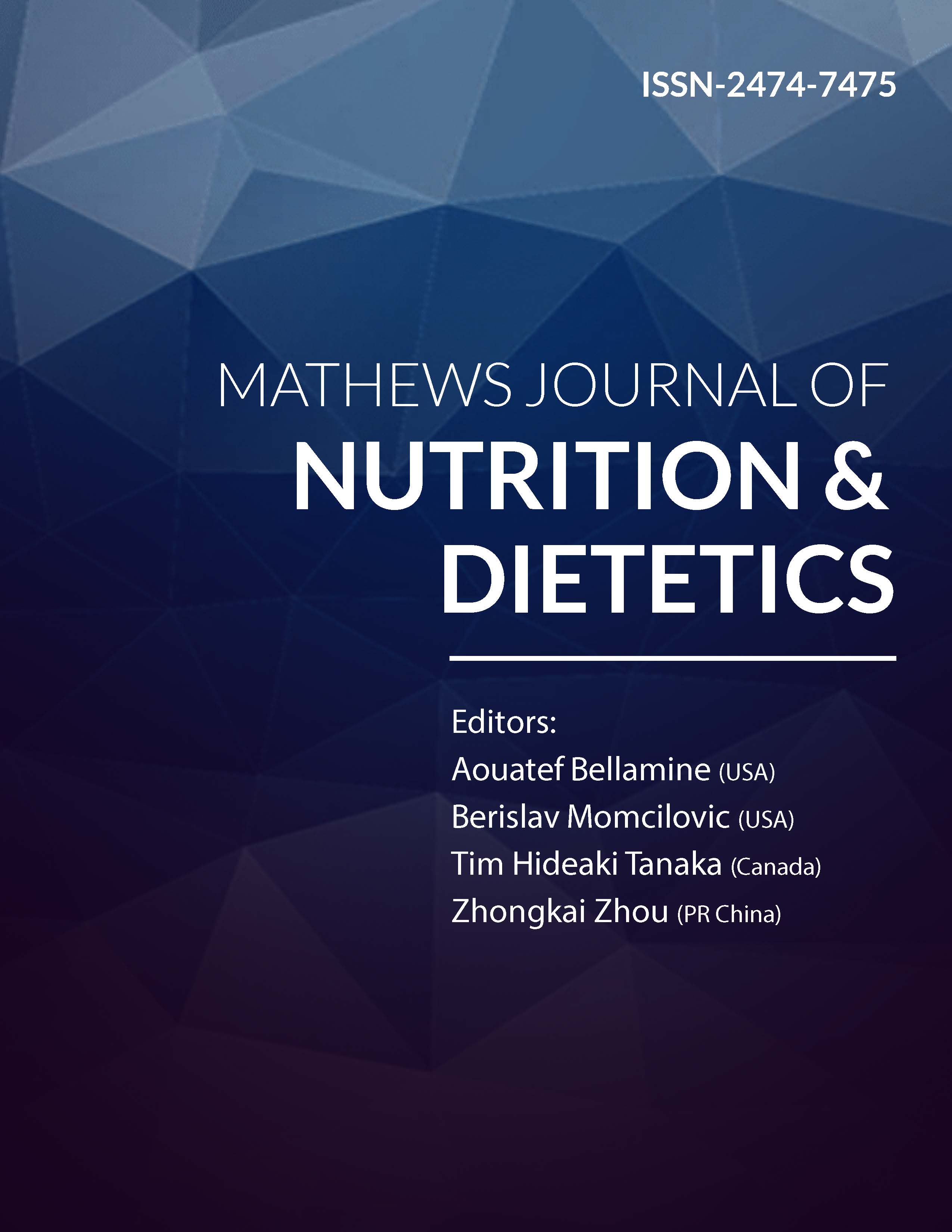
Information Links
Previous Issues Volume 7, Issue 1 - 2024
Effect of Genotype, Environment, and Their Interactions on Internal as well as External Egg Quality Traits of Different Chicken Genotypes and Poultry Species in Ethiopia and Beyond: A Review
Tekeba Eshetie1,*, Aklilu Tesema2, Dereje Bekele1, Tadesse Assefa1
1SNV (Netherlands Development Organization), Addis Ababa, Ethiopia
2Feed the Future Ethiopia Transforming Agriculture, Bahir Dar Office, Ethiopia
*Corresponding author: Tekeba Eshetie, SNV (Netherlands Development Organization), Addis Ababa, Ethiopia, Phone: +251987208580, E-mails: [email protected]; [email protected].
Received Date: January 03, 2023
Published Date: February 02, 2024
Citation: Eshetie T, et al. (2024). Effect of Genotype, Environment, and Their Interactions on Internal as well as External Egg Quality Traits of Different Chicken Genotypes and Poultry Species in Ethiopia and Beyond: A Review. Mathews J Nutr Diet. 7(1):31.
Copyrights: Eshetie T, et al. © (2024).
ABSTRACT
This review study was conducted to evaluate the effects of management, environment, storage temperature, and durations, breed, generation, selection, species, and the interaction effect of breed by management, and correlations effects of these factors on egg quality traits (internal and external egg quality traits) of different poultry genotypes, and species. The egg quality parameters include but are not limited to shell, albumen, and yolk characteristics, and can be divided grossly into external and internal quality parameters. The internal egg quality parameters are based on the air cell size, albumen, yolk quality, Hauge Unit, etc. The objective of this review study was, therefore, to evaluate different research findings and to give comprehensive and evidence-based information to poultry value chain actors on the effect of different factors on egg quality parameters and nutritional quality of eggs. For this review study, both global and local research outputs and poultry resource materials were reviewed, and a comparative analysis was made and presented. The review study indicated that breed, species, management systems, age of birds, generation, selection, storage temperature, duration, and the interaction and/or correlation effects of these factors do have significant effects on the internal as well as external egg quality traits at different levels. In some of the traits, there are either positive or negative correlations. For example, some global research findings indicated that egg weight does have a positive correlation with most internal egg quality parameters as opposed to external egg quality traits. Management systems including feeding also have a significant positive impact on egg quality parameters. Birds that are assigned under intensive and improved management systems can produce better quality eggs as compared to birds kept under local management systems. Improved feeding, health care, housing, and other management factors do have a significant positive effect on the performance of exotic chickens as compared to local landraces. Storing eggs from day zero to 30 days at room temperature does have a significant effect on the internal egg quality traits compared to the external egg quality traits. For example, the albumen weight (g) is reduced by 8% from day zero to 30 days of storage which will have a significant effect on the nutritional quality of the eggs. The Haugh Unit similarly reduced by 22% from day zero to day 30 which has a major effect on the internal egg quality traits and nutritional quality of eggs. On the other hand, the effect of storage days does have a limited impact on external egg quality traits as compared to internal egg quality traits. Similarly, species of birds do affect egg quality parameters. For example, some research findings indicated that the rate of deterioration of guinea fowl eggs' internal qualities was lowest when compared to that of domestic chicken and duck eggs and this could be attributed to its shell thickness. On a unit basis, the Guinea fowl egg has a smaller surface area than the chicken egg which reduces the rate of water loss in Guinea fowl egg. Observations on Guinea fowl and chicken eggs stored at room temperature for 20 days revealed that the yolk and albumen contents of the Guinea fowl egg retained their qualities better and longer than the chicken egg and Duck eggs. Other research findings indicated that as the egg weight increases, the Hauge Unit increases which is a very good indication of the presence of a positive correlation between these two parameters. The value of the Hauge Unit is a measure of internal egg quality traits (protein quality). The higher the value the better the quality of eggs. Therefore, better management including feeding does have a direct impact on egg weight which in turn does influence the Hauge Unit and nutritional quality of eggs. Therefore, for profitable poultry business and delivery of safe and quality eggs to the consumers, and to produce first-class day-old chicks, the farmers should consider the management aspect of their layers, the breed type to be used, the age of birds, generation, storage temperature, and duration. The information also helps in reducing the wastage of eggs during transportation.
Keywords: Breed, Correlation, Egg quality, Hauge Unit, Interaction effect, Management system, Traits.